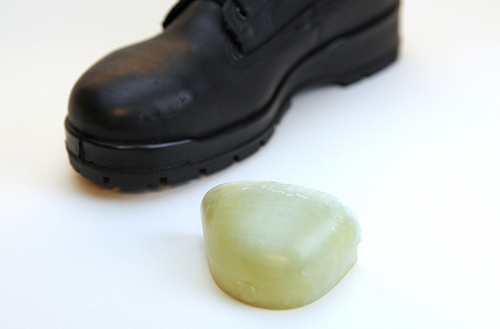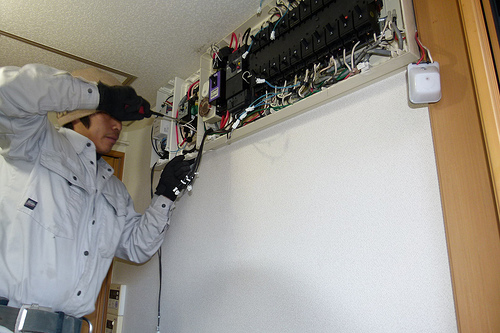Comfortable, protective work boots are as essential to your home and workplace business as your favorite tools and gloves for those tough jobs. Just as these must-haves provide safety and support to to workers for getting the job done, the right footwear prevents blisters, hammertoe, and painful injuries from heavy objects crashing onto your feet.
Having a solid work boot isn’t just a matter of protecting your feet. It’s also a matter of guarding your wallet. Some foot problems end up requiring surgery, physical therapy, and other procedures that result in sky-high medical bills and lost work time. Keep your toes and wallet safe with composite-toe boots. Whether you’re looking for something purely practical or you want to bring a little bit of western flair to your work, composite-toe lightweight safety boots are a great option. Check out all the reasons they’re better than boots with steel toes.
How Working Boots Protect Your Feet

Made from heavy-duty materials such as Kevlar, fiberglass, and carbon fiber, comp-toe work boots don’t contain metal. These materials come together in a dome-like mold with the perfect shape to shield your toes. Manufacturers fully integrate the composite toe into the boot during production. This ensures maximum safety while guaranteeing supreme comfort.
If you’re worried about how they’ll look, rest assured you can’t tell what kind of toe is in your boot. Thanks to significant strides in materials technology, many new comp-toe boots look similar to traditional steel-toe work boots. The protective toe doesn’t have a bulky or awkward shape that attracts attention, allowing for strong protection without compromising appearance.
The Lower Weight of composite-toe Work Boots
In addition to providing your toes with protection from heavy objects, this footwear is up to 30 percent lighter compared to other types of work boots. The lighter weight makes a big difference in comfort over the course of a long work day. Because they weigh less than steel-toe footwear, comp-toe boots create less fatigue in your feet and legs. They place less stress on your feet and are ideal for anyone who has to walk long distances or trudge over uneven surfaces.
Unlike steel-toe boots, which have most of their weight in the front, comp-toe boots have a more balanced design. That means the weight is evenly distributed and is less likely to cause painful shin splints.
Evaluating ASTM-Rated Boots
Scientists at the American Society for Testing and Materials (ASTM) test boots to determine their ability to handle the impact of falling objects, weight pressing down on them, and punctures. When you’re purchasing comp-toe work boots online, be sure to check the ASTM ratings for the categories that matter the most in your work environment.
For example, an ASTM rating of I/75 means that the boots can guard your toes from a maximum of 75 pounds falling on them. That’s the equivalent of having two and a half cinder blocks falling on your toes at the same time. A rating of C/75 means the boots can withstand up to 2,500 pounds pressing on top of them. There are plenty of comp toe boots that earn the I/75 and C/75 ratings.
The Benefits of Having Men’s Work Boots That Don’t Contain Metal

One of the major advantages of composite-toe boots is their lack of metal parts. This makes them especially well-suited to environments where there are live wires. Electricians and anyone who’s around electrical hazards should consider the safety benefits of composite-toe protection.
Even if you don’t face potential electrical dangers at work, you may want to try these non-metal boots if you have to pass through metal detectors on your job site. You won’t have to worry about your footwear setting off the alarm. Another perk that comes from wearing non-metal footwear is that your feet will experience a more constant temperature inside the shoe. Composite materials are non-conductive, meaning they don’t heat up or cool down quickly in response to their environment. In contrast, steel-toe boots tend to conduct heat and cold, causing your feet to sweat or get extremely cold.
Why You Need Composite Toes
Several compelling reasons exist to choose a composite-toe instead of a steel-toe boot:
- Because they’re lightweight, they cause less fatigue and pain.
- They still have high ratings for impact and compression from ASTM.
- You’re protected from electrical hazards, since they don’t contain metal.
- They maintain a more constant temperature to keep you comfortable longer.
With a variety of styles to choose from, you can get any type of composite-toe boot that’ll fit your work needs and your personal style. You’ll feel better knowing that your feet are safe no matter what.



